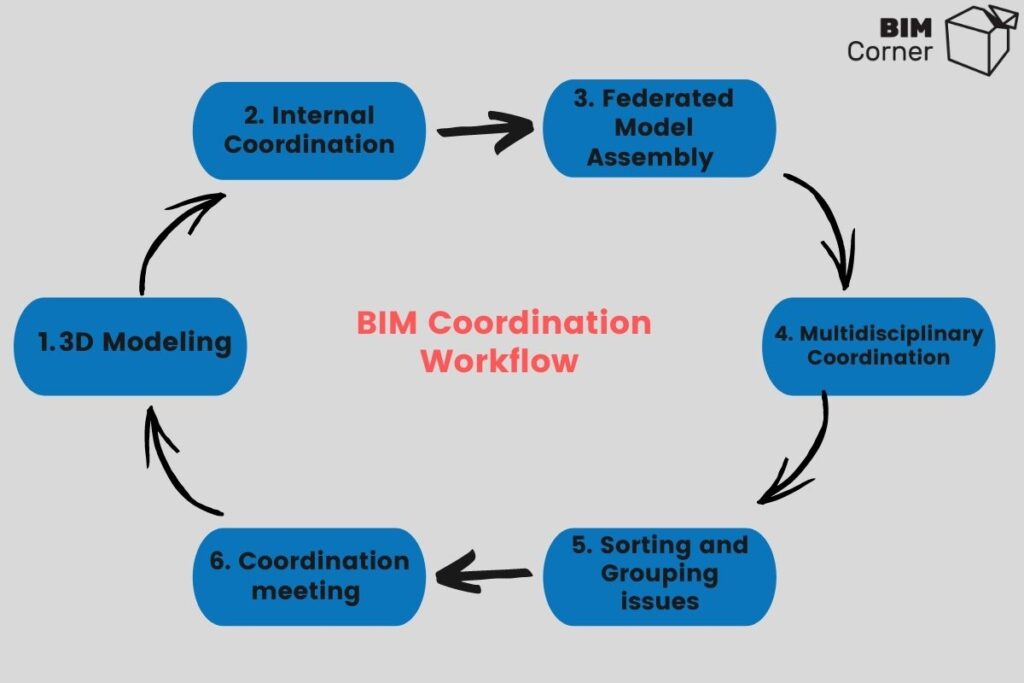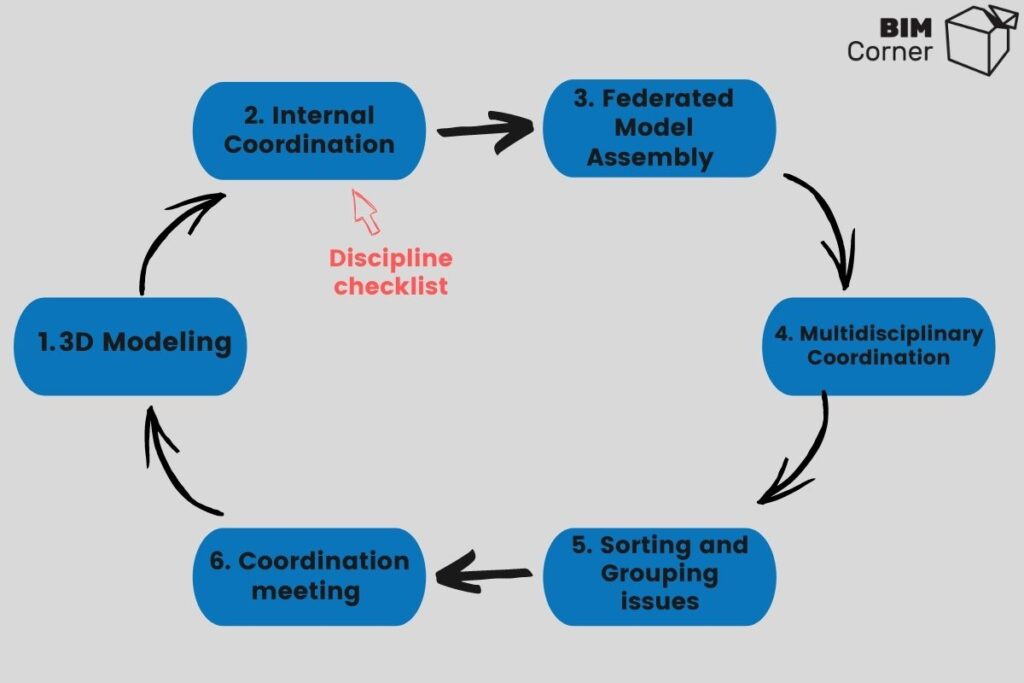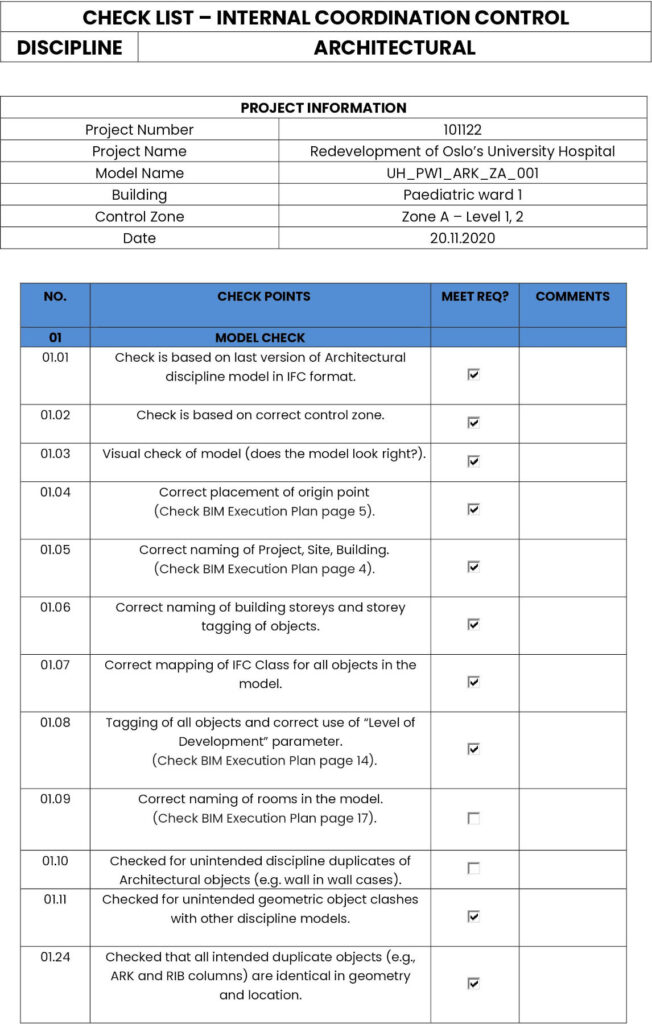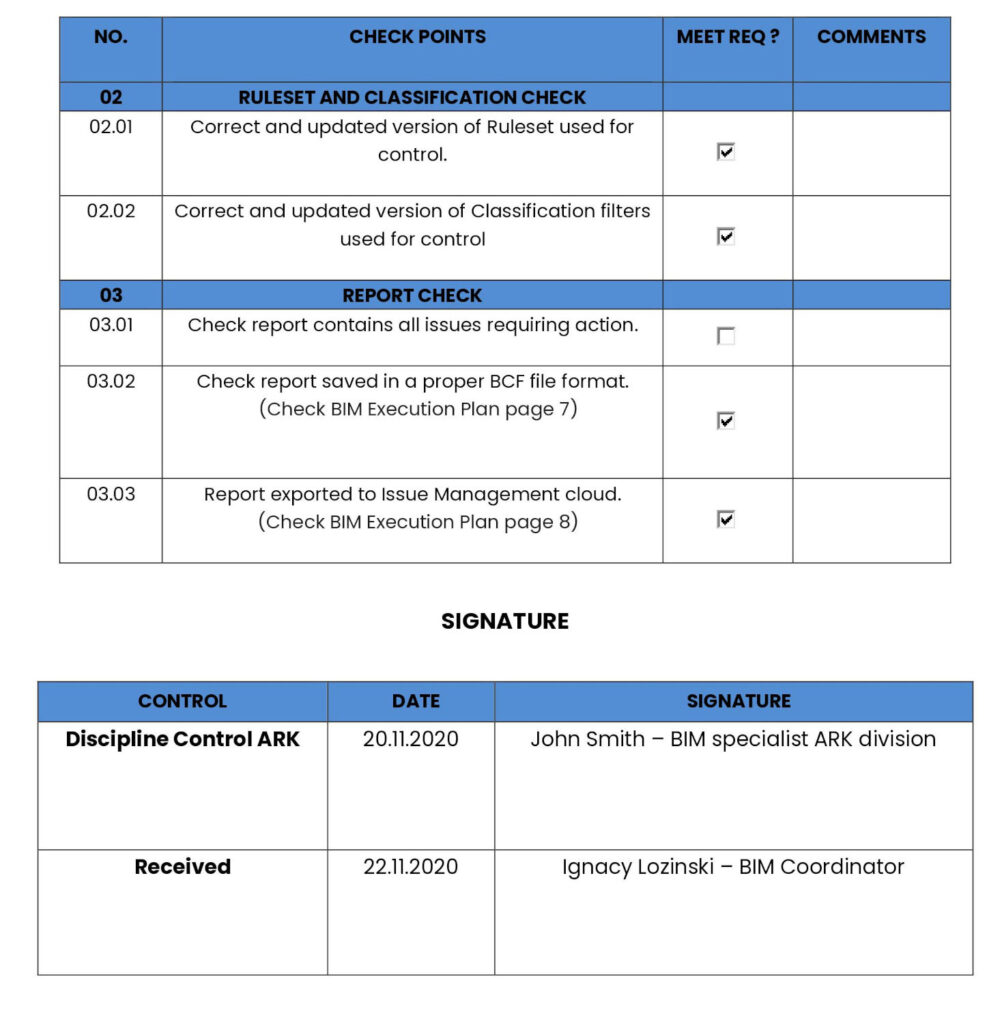Checklist – secret weapon of BIM Coordinator
Imagine you are inviting your friends over for dinner on Friday night. It’s quite natural that you go shopping a few hours before the meeting to prepare something good for a meal. You have already thought about what you will eat, so you go to the store with a pre-prepared list of products.
Ok, shopping done, what’s next … now it’s cooking time. You grab the the recipe you have spotted somewhere before and start cooking. One by one you go through the checklist as written in the recipe. You don’t want your dinner to be a total disaster, do you? After a while, dinner smells and tastes great. The guests come and you guys start the evening. Everyone enjoys your dinner – Great food, nice atmosphere – what not to like, right ? .
You are probably thinking ……. Wait a minute, am I really on the BIM blog? What this story is all about? Just give a sec and stay with me 🙂
Notice how often we use lists in our lives to help us carry out all kinds of projects. In this prosaic case, the project was a dinner, and our lists helped us choose the right products and prepare the food correctly.
In BIM Coordination, as in everyday life, we also use checklists. They have several purposes, but most of all they help to tame the information chaos and structure the project coordination process. In this article, I going to reveal when and how to use them and what they might look like on a construction project. Let’s begin.
BIM Coordination and checklists
In a properly implemented BIM project, the responsibility of the client is to precisely define the requirements for the content of BIM models at the appropriate stages of the project implementation. These requirements are carefully analyzed by the design team and contractor. As a result of those analysis BEP is created (more about BEP here). This document is a map and, at the same time, a manual describing how BIM will be implemented in the project in order to achieve the goals set by the client. The BIM Coordinator, as one of the people responsible for creating this manual, is responsible for ensuring the correct implementation of BEP and controlling the quality of the created documentation. Checklists for the BIM Coordinator are nothing more than a tool thanks to which he is able to standardize the performance of repetitive activities and verify the content of BIM models at a specific stage of project development. Depending on the type of the project, there may be several such lists or just only one. Let’s move on to a practical example where I will show you when to apply such a checklist.
So when to use checklists?
We will demonstrate the application of the checklists using a simplified BIM coordination workflow scheme:

First, we start with 3D Modeling – In this step, each trade creates its own 3D geometric model and then enriches it with the necessary information. When we come to the stage of models’ advancement in which internal coordination should be performed, a checklist comes in handy.

Before the models are sent to the BIM Coordinator, discipline carry out their coordination to make sure that:
the model is free from internal collisions, there are no duplicating objects, model is correctly located, the information contained in the model complies with BEP guidelines, IFC mapping attributes are set correctly, objects naming convention is ok, etc.
In a word, there is a lot of things you might want to check.
So, it’s a good practice to create a checklist for each dicipline. Before they ship the model onwards, each trade goes throught a checklist point-by-point and verifies if the model delivery meets quality criteria. This list is usually prepared by a BIM Coordinator who knows the exact model requirements discribed in BEP.
Let’s look at how such a checklist might look like:
Example of an Internal Coordination Checklist:


As we can see, at the top of the list it is worth including basic project information, such as: project name, model name, the area covered by the checklist, etc.
Below this information is a checklist. Remember, each project has different BIM requirements, so the list must be prepared for these requirements. It is not worth copying it thoughtlessly from other projects.
Weitere Informationen, vollständiger Artikel und Quelle siehe hier: www.bimcorner.com
Über den BIM Koordinator

